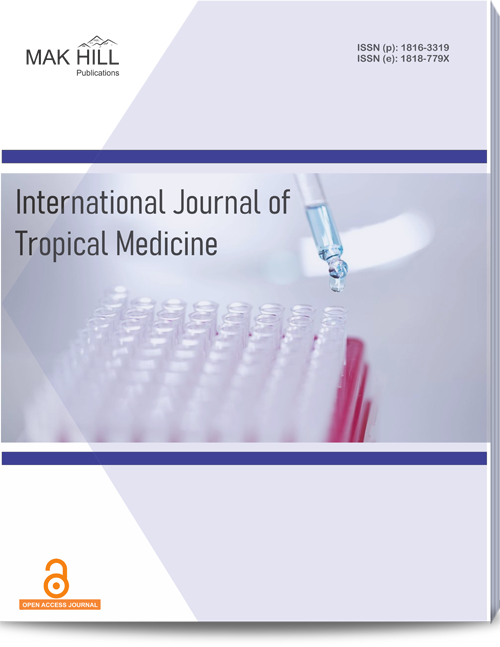
International Journal of Tropical Medicine
ISSN: Online 1818-779XISSN: Print 1816-3319
Abstract
A set of focused brain injuries known as contrecoup injuries develop far from the place of impact as a result of shock waves crossing the brain and creating stress/cavitation effects. The goal of the current study was to assess the different damage types and presentations in contrecoup brain injuries. Age, sex, mechanism during admission and discharge, the severity of damage, the Glasgow coma score (GCS) and specific neurologic anomalies were examined in the case data. In every case, a brain CT was done being admitted and after 72 hrs, or whenever it was necessary. The incidence of injury modes, the varied damage patterns and the mortality rate among this group were outcomes measured in this study. About 100 counter coup injuries were randomly selected from the records for the convenience of the study. The temporal region, which accounted for 49% of all contrecoup injuries, was followed by the frontal region (27%), parietal region (13%) and occipital region (9%). Injury patterns: According to acute hemorrhagic contusion, acute extradural hematoma, acute subdural hematoma, acute subdural hematoma with contusion and acute subdural hematoma with subarachnoid hemorrhage were the most frequent patterns according to the criteria. About 41% of observed deaths were fatal. The current study demonstrates that across all GCS and age groups, contrecoup contusions are linked to a bad outcome. We further emphasize the importance of repeat imaging within the first 72 hrs for patients who had a low GCS at the time of admission and had minimal to no imaging abnormalities, as they may subsequently present with contrecoup injury.
How to cite this article:
Rajesh Jain, Akshay Baid and Ashu Jain. A Study to Evaluate the Modes of Injury and Various Presentations in Contrecoup Brain Injuries.
DOI: https://doi.org/10.36478/10.59218/makijtm.2023.49.55
URL: https://www.makhillpublications.co/view-article/1816-3319/10.59218/makijtm.2023.49.55